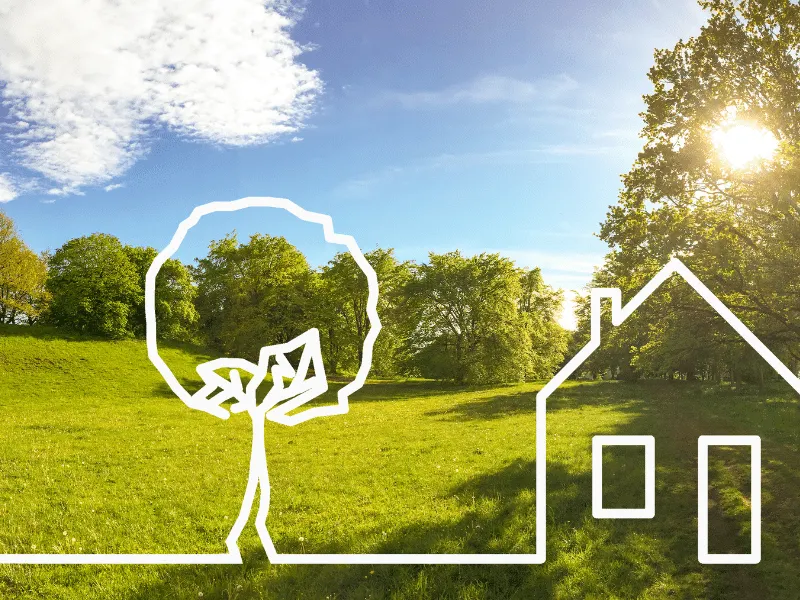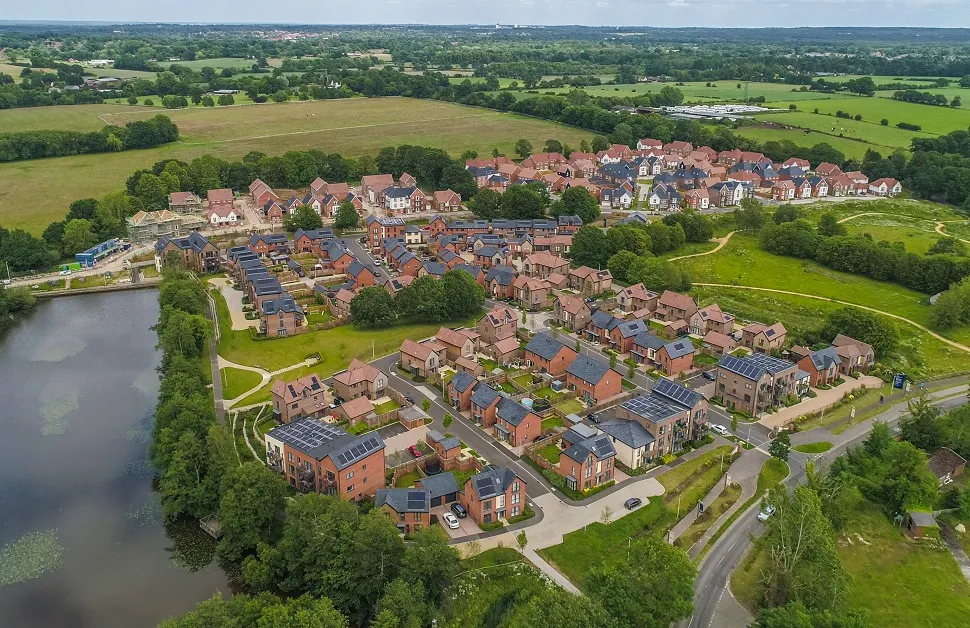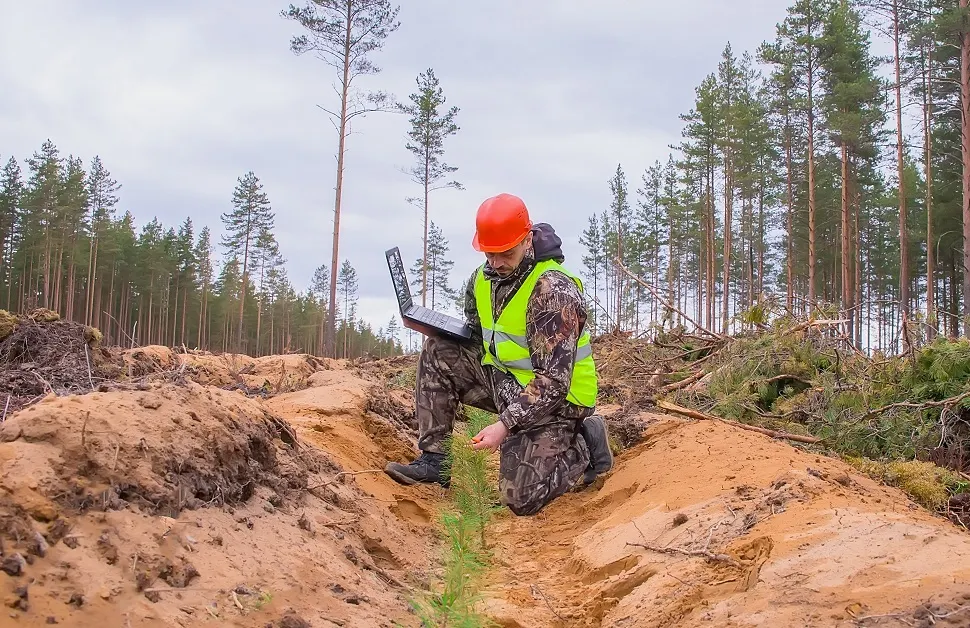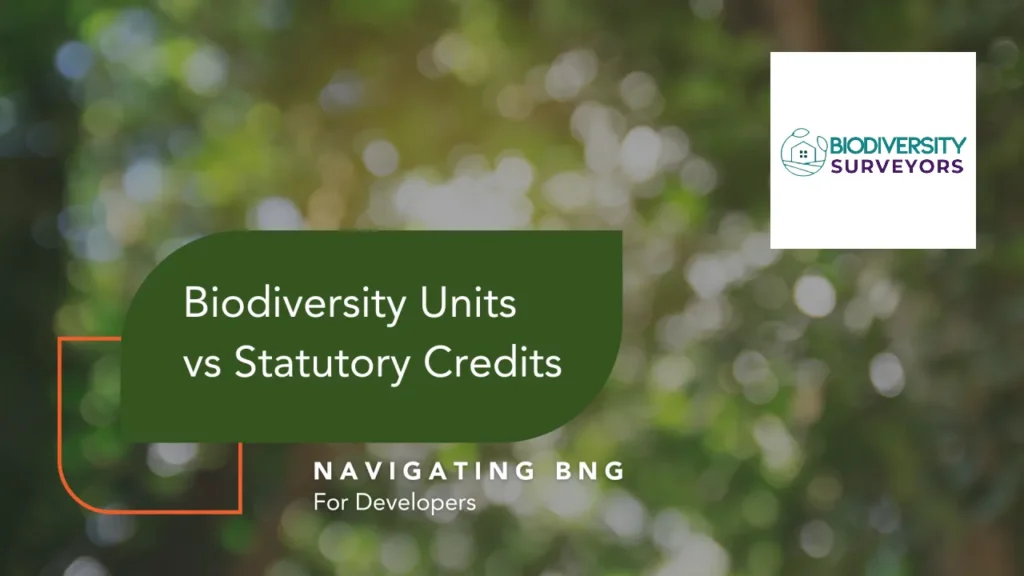Yes, it is now a legal requirement for developers to deliver 10% biodiversity net gain (BNG) in new developments in England.
There are limited exemptions, such as developments that impact less than 25 square metres of on-site habitat or 5 metres of on-site linear habitats (e.g. hedgerow) and developments of no more than 9 dwellings on land no larger than 0.5 hectares.
The types of development that are currently exempt include:

Yes, it is now a legal requirement for developers to deliver 10% biodiversity net gain (BNG) in new developments in England.
There are limited exemptions, such as developments that impact less than 25 square metres of on-site habitat or 5 metres of on-site linear habitats (e.g. hedgerow) and developments of no more than 9 dwellings on land no larger than 0.5 hectares.


Assessing biodiversity net gain and considering it in the planning process can be complex, but it is a critical step in guaranteeing that developments make positive contributions to the environment.
The Environment Act 2021 has made BNG a required part of obtaining planning permission, insisting that developers work in close alliance with local planning authorities and Natural England to ensure compliance.
The initial phase for developers is to undertake a baseline biodiversity survey of the development site. This survey evaluates the site using the obligatory statutory biodiversity metric to determine its current biodiversity value. These findings then inform the creation of a biodiversity gain plan—a detailed account of how the developers will boost the site’s biodiversity value post-development. This plan is submitted with the planning application and is then scrutinised by the local planning authority.
When anticipated developments promise to deliver a significant increase in biodiversity, approval should be granted. If on-site development of that biodiversity is not practical or possible, the developer must find a way to achieve that same significant increase off-site. If that’s also not feasible, the developer can pay for statutory biodiversity credits.
The government uses the revenue generated from credits to invest in off-site biodiversity improvement projects.


Plans require the following:
The actual cost of offsetting can vary greatly because of many different factors, like land type or availability. Nevertheless, it could be anywhere from £60,000 to £300,000 per hectare.
To estimate costs, you might apply 0.1-0.8% for brownfield and 0.1-3.9% for greenfield relative to build costs. Or, not more than 5% relative to land price.
The price of credits will depend on the distinctiveness of the land, which comprises rarity and species richness.
Prices per credit are £42,000 for general habitats (heathland, grassland, individual trees, etc.), £48,000 for woodland/forest/sediment, and £125,000 for lake/pond/rock on average.
Statutory biodiversity credits are used for developments where on-site biodiversity net gain is not possible.


The following are key elements of biodiversity net gain assessments:
Talk to your ecologist first; they will help you find the best option suited to your property development.
There are all sorts of reasons why you might choose one offset provider over another. Don’t just make a decision based on price. We can help you find identify the ideal provider suite to your project.
Include Biodiversity Net Gain (BNG) details when you submit your planning application. Before you start development work, pay in full either through your broker or directly to your offset provider.


BNG assessment work can be undertaken within 3-4 working days, typically; however, it will require the following steps:
You must work with an ecologist to ensure that BNG can be achieved. If it can not be achieved on-site, you must commit to off-site solutions or to buying statutory biodiversity credits.
As of now, these developments are exempt from the requirement to provide BNG:
projects affect a single dwelling and its grounds (e.g. extensions, outbuildings, etc.);
when an individual or a collection of individuals constructs a custom building that they will live in, so long as it is no more than 0.5 hectares and has no more than 9 dwellings.
There is also a de minimis exemption, meaning that both of the following two conditions need to be satisfied for your development to be exempt from BNG requirements:
how connected the habitat is to other habitats of similar type
gauges whether the habitat occurs within an ecologically significant area identified by local planning strategy.

Biodiversity net gain (BNG) must happen; it’s now a condition for all developments.
From 12th February 2024, all developments must comply with biodiversity net gain (BNG) requirements. These legally binding obligations ensure that developments not only protect but also enhance biodiversity. The BNG requirements apply from the planning permission stage through to the site’s use as a development.
They cover everything from maintaining existing habitats to creating new ones, with the sorts of measures that a developer could take if they were to use an ‘off-the-shelf’ solution to improving and maintaining biodiversity on their site; for example, by using ‘biodiversity credits,’ which are available through the planning process.
Most importantly, the developers must measure the improvement of biodiversity both before and after the development, and demonstrably maintain these improvements over a 30-year period.
After the planning permissions are granted, local planning authorities will oversee compliance; from the 2nd of April, 2024, the same standards apply both to small sites and to development projects of any sort that use up land capacity.
Developers must show that they are improving biodiversity both before and after their developments. They also must demonstrate that they can maintain these sites so that they achieve a net gain in biodiversity.
Ecologists via our organisation work in close conjunction with landowners and developers to establish Habitat Management and Monitoring Plans (HMMPs) that are fully compatible with site plans and achieve a Biodiversity Net Gain.
Existing habitats can often be enhanced, and new habitats can be created to favourable effect. One way to achieve this is to plant wildflower meadows, hedges, and trees. Another largely successful way to achieve this is through extensive planting (as at the Queen Elizabeth Olympic Park in London) and numerous other routes to habitat creation that favour the local condition.
When on-site measures can not yield Biodiversity Net Gain, off-site solutions can be employed (i.e. biodiversity credits). Contact us to learn more.
Property owners can sell Biodiversity Credits while engaging local authorities or brokerages in the process. These credits are accumulated when landowners improve biodiversity on their land.
To earn the credits, property owners must undergo an assessment process using the UK Government’s Biodiversity Metric. They first need to get in touch with local authorities or brokerages to schedule a property survey. The property is then assessed for biodiversity.
Local authorities and brokerages use the results from these assessments to determine “net gain”: a conservation term that describes whether property under development has improved, worsened, or stayed the same in terms of biodiversity.
Your consultant BNG surveyor can help you with the above (including guidance on landscaping to plant wildflower meadows, hedgerows, trees, etc.).
